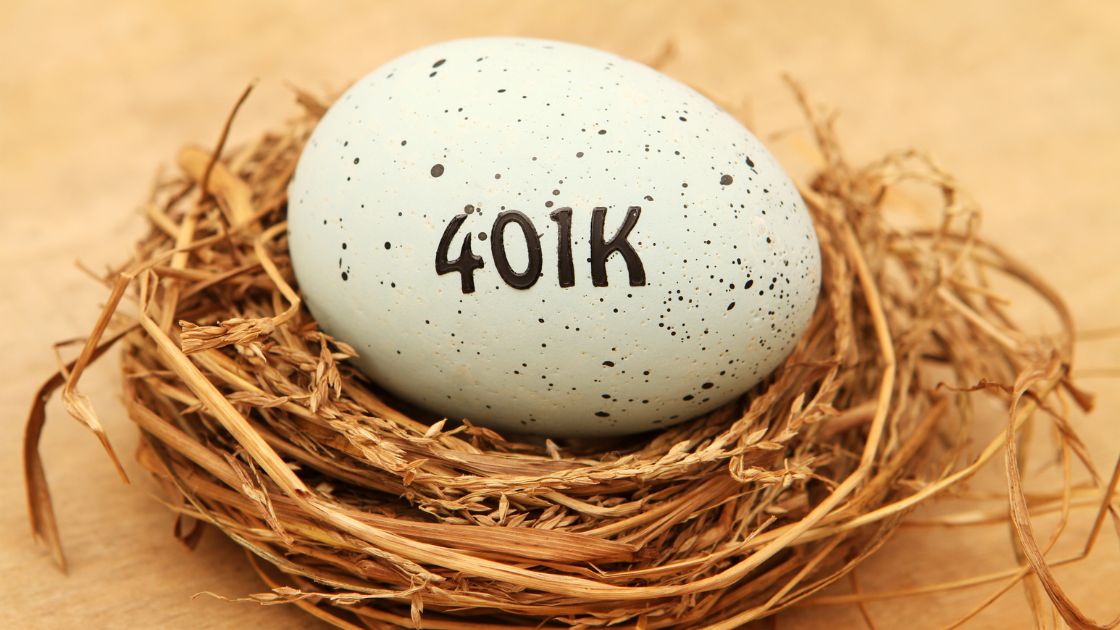On average, Americans dedicate about 10% of their income to debt payments, not including essential expenses like utilities, rent, food, and clothing. This constant outflow toward debt can prevent individuals from achieving their financial goals, including retirement. But with a clear plan, a debt-free future—and a brighter retirement—are within reach. Let’s walk through seven powerful strategies that can help you eliminate debt and start building toward financial independence.
1. Build an Emergency Fund
Setting up an emergency fund is essential for financial security. This fund provides a buffer for unexpected expenses, helping you avoid taking on more debt when life throws surprises your way. Here’s why it matters:
- Peace of Mind: With emergency funds in place, you won’t need to dip into your monthly budget for unexpected costs.
- Financial Flexibility: An emergency fund keeps your debt repayment plan intact by covering sudden expenses without disrupting your cash flow.
- Protection Against Income Loss: Aim to save at least 3 to 6 months’ worth of expenses. This buffer will allow you to cover your living expenses if you face job loss or income instability.
Having these savings in place allows you to focus on reducing your debt while maintaining peace of mind.
2. Use the Snowball Method for Debt Repayment
The snowball method helps you pay off your debts systematically, gaining momentum as you go. Here’s how it works:
- Target the Smallest Debt First: Start by focusing on paying more than the minimum amount on the debt with the smallest balance. Meanwhile, make minimum payments on other debts.
- Move to the Next Debt: Once the smallest debt is paid, roll over the extra funds to the next smallest balance.
- Build Momentum: With each debt paid off, your extra funds grow, allowing you to tackle larger balances more effectively.
This strategy can provide a psychological boost, as you see debts disappearing one by one, keeping you motivated.
3. Start Investing for Retirement Now
The earlier you start investing, the better. Aim to allocate at least 15% of your income toward retirement investments. The right investments can not only support you in retirement but can also help in reducing debt faster. Real estate, for example, can provide a dual benefit:
- Rental Income: Owning rental property can give you a steady income stream while offering a potential long-term investment.
- Passive Income Opportunities: If you prefer a less hands-on approach, consider co-investing with private money lenders or private equity. This allows you to benefit from real estate’s stability without the full responsibility of property management.
At GL&L Holdings, we offer options for real estate investments that help investors like you generate passive income, ideal for debt reduction and retirement building.
4. Start College Savings for Your Kids Early
If you have children, setting up a college fund can help them avoid the debt burden associated with student loans. Here’s how early college savings help:
- Limits Future Debt: By starting a college fund, your children are less likely to need high-interest student loans.
- Reduces Family Financial Stress: Knowing that your child’s education fund is growing over time allows you to focus on other financial goals, like your debt repayment or retirement savings.
- Encourages Financial Planning: This investment also sets a strong example of planning for the future.
5. Adjust Your Lifestyle to Boost Savings
Lifestyle adjustments can have a significant impact on your financial future without requiring any cash outflow. Consider the following:
- Cut Out Impulse Buys: Many small purchases add up, so keep impulse spending in check by planning your purchases.
- Limit Dining Out: Preparing meals at home can save you substantial amounts each month.
- Cancel Unused Subscriptions: Check for subscriptions or memberships you rarely use and cancel them.
Even small changes can make a meaningful difference over time, helping you pay down debt and put more toward retirement.
6. Use a Side Hustle to Boost Income
A side hustle can provide extra income that goes directly toward debt or retirement savings. Many people start by monetizing hobbies or skills, and it doesn’t have to be a large commitment. Here are a few ideas:
- Freelance Work: If you have skills like writing, graphic design, or programming, freelancing can be a flexible way to earn additional income.
- Monetize Your Hobby: Turn hobbies like baking, crafting, or woodworking into a profitable side business.
- Invest Earnings in Debt Repayment: Using this extra income to pay down your highest-interest debt will help you become debt-free faster.
Starting a side hustle offers a way to increase your income without relying solely on your primary job.
7. Negotiate for Lower Interest Rates
If you’ve made consistent payments on loans or credit cards, consider renegotiating for lower interest rates. Doing so can make a substantial impact on your monthly payments. Here’s how to approach this:
- Review Existing Debt: Identify loans and credit cards where you’ve built a strong repayment history.
- Contact Your Lenders: Request a rate reduction based on your good repayment record or current market rates.
- Apply Savings to Debt Reduction: Any reduction in interest payments can accelerate your debt payoff process.
Lowering your interest rates saves you money in the long run and makes it easier to manage your repayment plan.
Tips for Avoiding Debt and Staying on Track
Once you’ve started working toward a debt-free life, maintaining momentum is key. Here are some additional tips to keep you on track:
- Focus on One Goal at a Time: Begin with the easiest action to implement, then build on your progress.
- Regularly Assess Your Budget: Check your spending and savings plan monthly to ensure you’re staying aligned with your debt reduction goals.
- Set Up Reminders and Alerts: Automated reminders help ensure you don’t miss payments or get off course with spending.
- Reward Yourself: Celebrate small milestones. Whether it’s paying off a credit card or hitting a savings goal, taking a moment to recognize your achievements keeps you motivated.
Final Takeaway: Real Estate Investments for a Stronger Future
With discipline and a smart approach, reducing debt and building a stable retirement is within reach. At GL&L Holdings, we understand the importance of financial freedom, especially for real estate investors looking to strengthen their portfolios. By choosing investments that provide passive income—like rental properties or co-lending partnerships—you can enhance your journey to a debt-free life while planning for retirement. Reach out today to learn more about how we can help you meet your financial goals.


